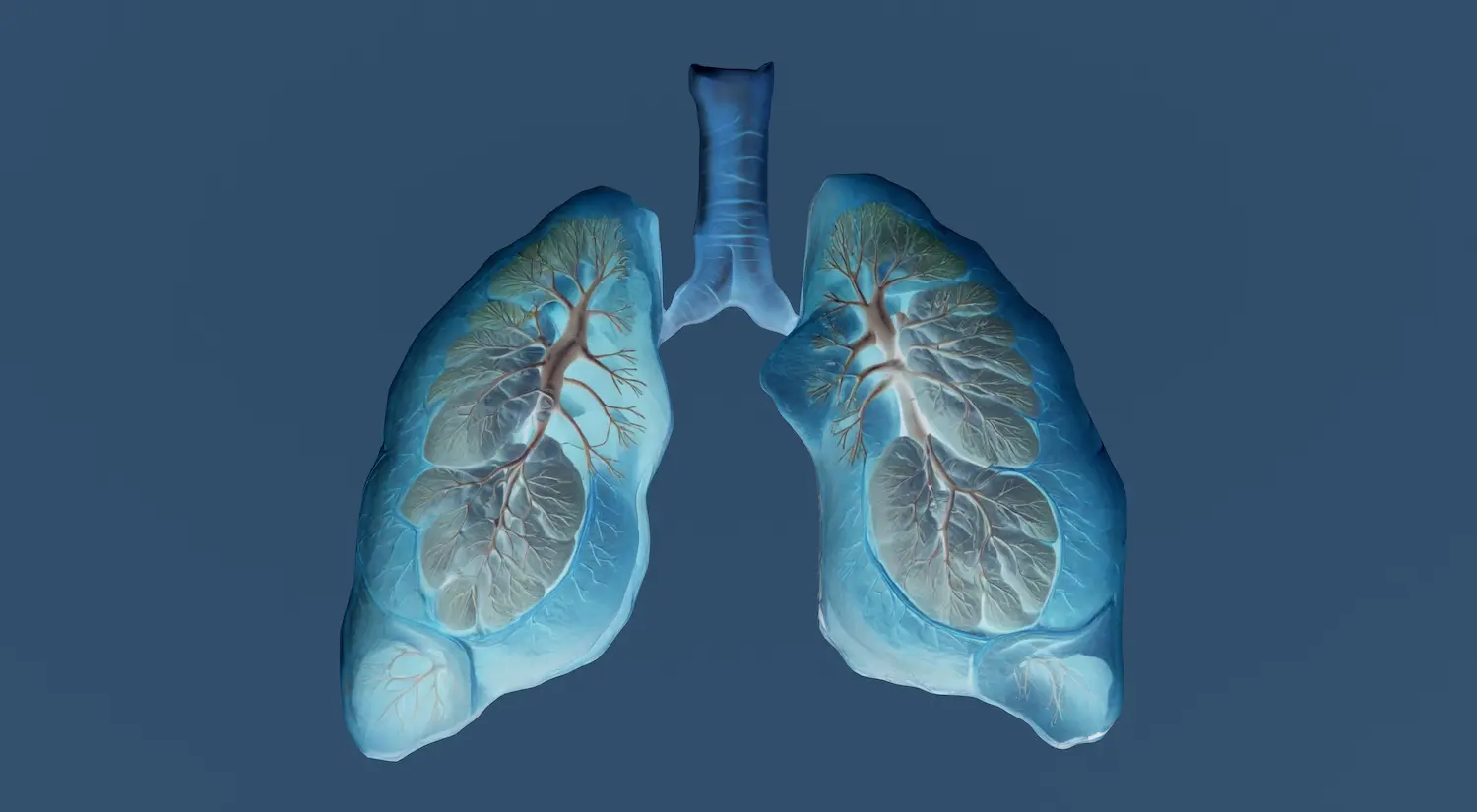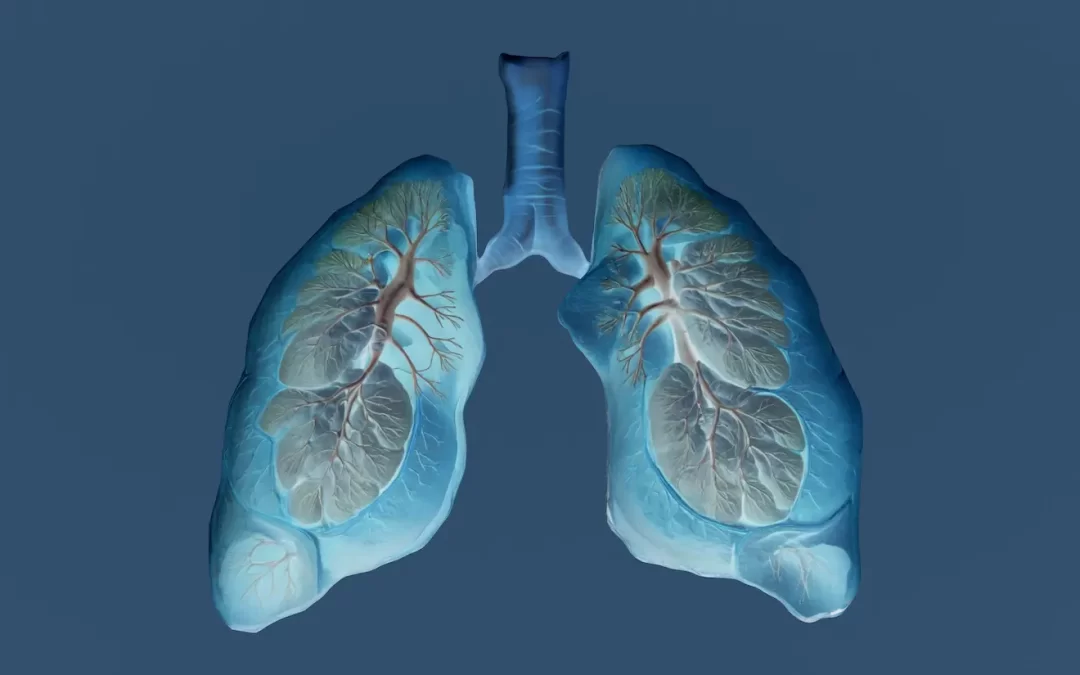Boost Your Fitness with VO2 Max: Unlock Energy and Endurance


Oxygen efficiency in exercise is more than just a buzzword. It’s about how your body uses oxygen at a cellular level, how it balances carbon dioxide, and how this mix fuels your performance. Understanding terms like VO₂, CO₂ tolerance, ATP, and lactate doesn’t need to be complicated — they fit together like parts of an engine that either run smoothly or splutter under strain.
💨 VO₂: Oxygen In vs Oxygen Used
VO₂ is short for “volume of oxygen consumed.” Importantly, it’s not about the air going into your lungs — it’s about how much oxygen your body actually takes from that air and uses. Think of it as the difference between pouring petrol into a car and how much of it reaches the wheels to turn them. A higher VO₂ means your muscles can use more oxygen efficiently, which translates to better endurance.
🧪 CO₂ Tolerance and the Urge to Breathe
When you feel desperate for air during hard exercise, it’s usually not because you lack oxygen. It’s because carbon dioxide (CO₂), a by-product of energy production, is building up in your blood. The body’s urge to breathe comes from the need to expel CO₂ rather than to take in more oxygen. Training your CO₂ tolerance — for example, through controlled breathing drills — allows you to stay calmer and perform better under pressure.
⚡ ATP: The Body’s Energy Currency
All the oxygen you consume eventually serves one purpose: creating ATP (adenosine triphosphate). ATP is like the currency your muscles spend to contract and move. Oxygen helps create ATP efficiently through aerobic metabolism. When oxygen supply falls short, your body switches gears and burns energy anaerobically — this is faster but less efficient, and it creates by-products like lactate.
🔥 Lactate and Muscle Fatigue
Lactate often gets blamed for soreness, but it’s not the villain. In fact, lactate is a clever recycling system: your body produces it when oxygen is scarce, then reuses it as fuel when oxygen becomes available again. The soreness you feel a day later (DOMS) comes from micro-tears in muscle fibres, not lactate itself. Still, high lactate levels during exercise are a sign that oxygen efficiency is running low.
❓ What does oxygen efficiency mean in fitness?
It means your body can produce more energy with less wasted effort. You’re not simply breathing harder — you’re converting oxygen into ATP effectively, balancing CO₂ levels, and delaying fatigue from lactate build-up. In practical terms, you can train longer, recover faster, and stay composed under stress.
🏃 Breathing Efficiency for Athletes and Everyday Movers
Elite athletes use structured breathing patterns to sync oxygen intake with energy demands. But even casual exercisers benefit from improving efficiency. Interval training, breath-hold exercises, and mindful breathing during movement all help increase VO₂ capacity and CO₂ tolerance. Some even use gentle breathing drills for endurance to gradually expand their capacity.
📍 Oxygen Efficiency Training in Portsmouth
At our outdoor sessions in Southsea, Portsmouth, we include simple breathing and pacing techniques alongside strength and cardio. It’s not about complicating fitness — it’s about giving your body the tools to use oxygen wisely so you can move, train, and recover with confidence.
✨ Key takeaways
- Oxygen efficiency in exercise links VO₂, CO₂ tolerance, ATP, and lactate into one system.
- VO₂ is the oxygen consumed, CO₂ drives the urge to breathe, ATP is the energy currency, and lactate is recycled fuel.
- Better efficiency = longer stamina, calmer breathing, and smoother recovery.
Curious about how your own oxygen efficiency could improve your fitness? Join us in Southsea to explore it in real training sessions.
You can Comment or ask questions on this post in Instagram.
We would love to hear from you!
Want to explore more about how fascia influences movement, mood, and memory?
Visit our fascia-informed movement and emotional wellbeing homepage to dive deeper into the science and practice.
